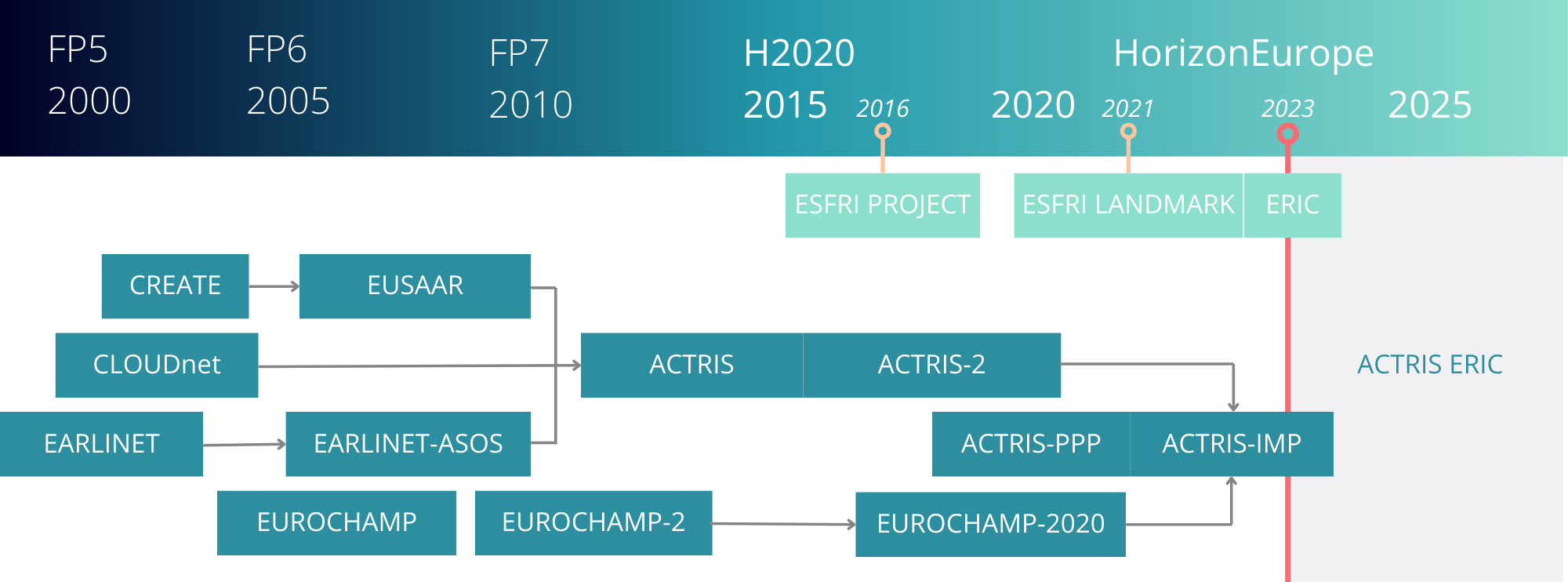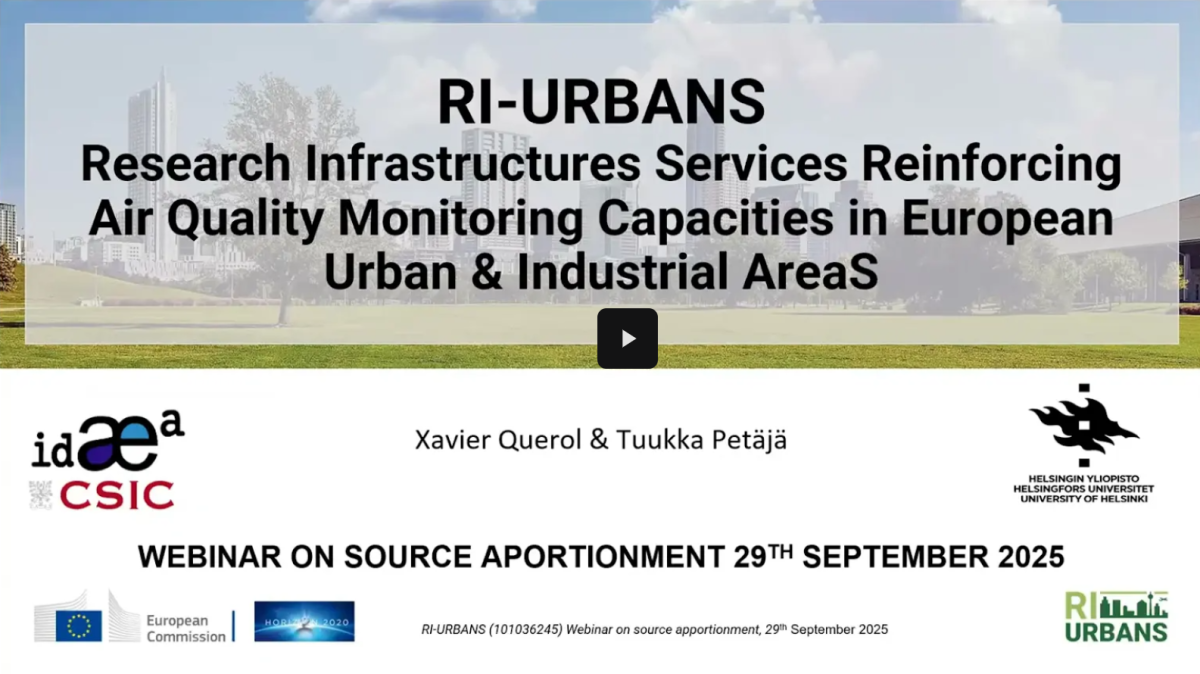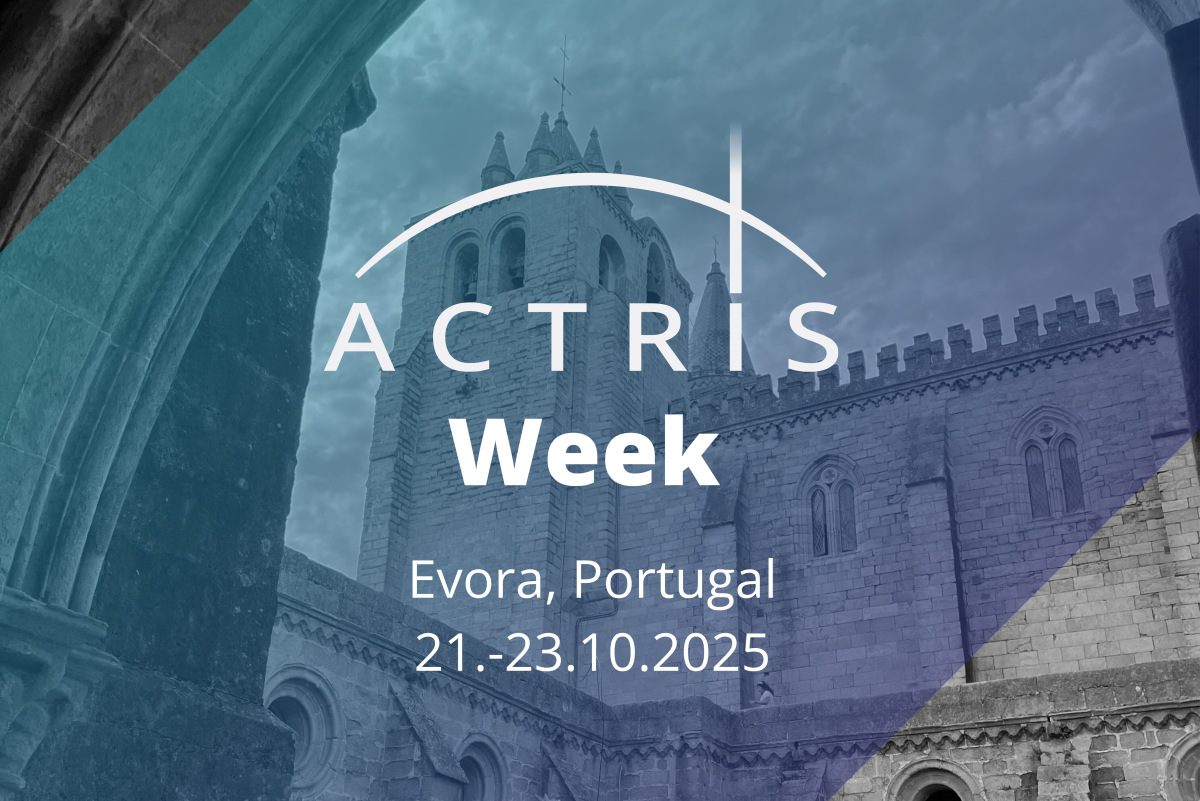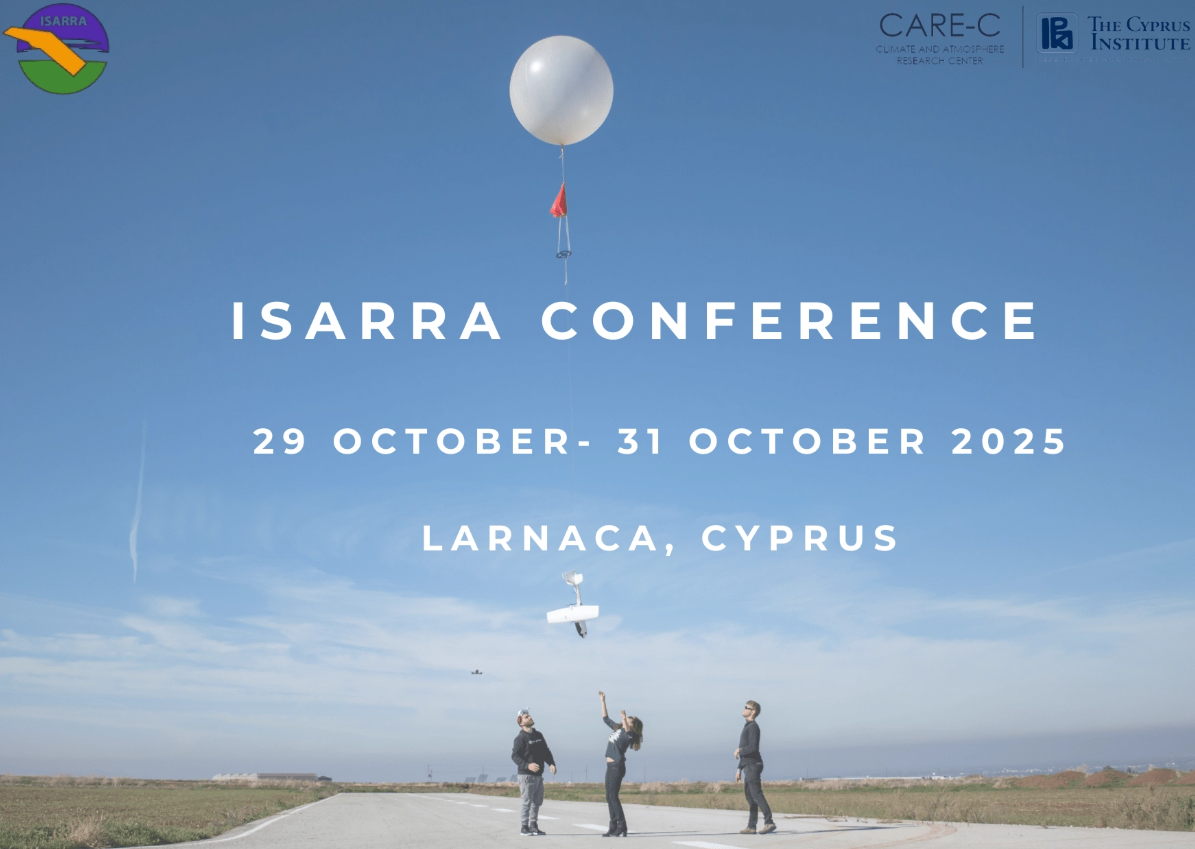The Foundations of ACTRIS
ACTRIS was initiated as an Integrated Activity project (2011–2015) under the European Commission’s 7th Framework Programme (FP7). It built upon three historical European research collaborations:
- EARLINET (European Aerosol Research Lidar Network, EU-FP5 and FP6 projects),
- EUSAAR (European Supersites for Atmospheric Aerosol Research, EU-FP6 project),
- Cloudnet (EU-FP5 project for observing cloud profiles),
- CREATE (Construction, use, and delivery of a European aerosol database, EU-FP5 project).
These initiatives brought together European ground-based research facilities and advanced atmospheric instrumentation to establish a coordinated framework for providing observational data and enabling user access to these facilities. The integration of these networks allowed ACTRIS to offer a more comprehensive approach to understanding atmospheric processes by addressing the complex interactions between aerosols, clouds, and trace gases.
In parallel, the EUROCHAMP projects (EUROCHAMP, EUROCHAMP-2, and EUROCHAMP-2020) advanced the use of atmospheric simulation chambers to study photochemical processes, aerosol formation, and their impacts on cultural heritage and human health. The EUROCHAMP community contributed to the standardization of simulation chamber experiments and their interoperability, further enhancing ACTRIS’s observational and experimental capabilities.
Consolidation and Expansion: ACTRIS-2 and Beyond
A second phase of ACTRIS, ACTRIS-2 (2015–2019), was launched under the European Commission’s Horizon 2020 (H2020) programme. This phase further integrated European capacities to monitor short-lived climate forcers (SLACs) and clouds, consolidating key ACTRIS components such as its Data Centre (DC) and Thematic Centres (TCs).
During this period, ACTRIS expanded its reach by incorporating communities from NDACC (Network for the Detection of Atmospheric Composition Change) and AERONET, strengthening its role as a comprehensive observing system from the near surface to the upper atmosphere. Many ACTRIS observatories were also co-located with EMEP, GAW, and GRUAN sites, leveraging long-term independent initiatives to enhance ACTRIS’s observational capabilities.
Entering the ESFRI Roadmap and Legal Establishment
In 2016, ACTRIS was recognized as a pan-European research infrastructure and was included in the European Strategy Forum on Research Infrastructures (ESFRI) Roadmap. This marked a critical milestone, requiring further formalization and structuring of ACTRIS as a long-term operational infrastructure.
To achieve this goal, the ACTRIS Preparatory Phase Project (ACTRIS-PPP, 2017–2021), funded under H2020, developed the organizational, operational, and strategic frameworks necessary for ACTRIS’s sustainability. The project laid the foundation for establishing a legal entity with a defined governance model, operational structure, and business plan, securing support from multiple European countries.
Becoming a European Research Infrastructure Consortium (ERIC)
Following the preparatory phase, ACTRIS entered the ACTRIS Implementation Project (ACTRIS-IMP, 2020–2023), which set in place coordinated actions for the full deployment of ACTRIS at both national and European levels. The project ensured that ACTRIS services were operational and aligned with global atmospheric research needs.
On 25 April 2023, the European Commission formally established ACTRIS ERIC, making it the 26th ERIC in the European research landscape. The decision was backed by 17 founding Member and Observer countries, to achieve full operational capacity by 2026.
With its inclusion in the 2021 ESFRI Roadmap as an ESFRI Landmark, ACTRIS now plays a key role in advancing atmospheric and climate research. It provides essential long-term observational data, supports scientific innovation, and enhances collaboration between research institutions, policymakers, and industry stakeholders across Europe and beyond.






